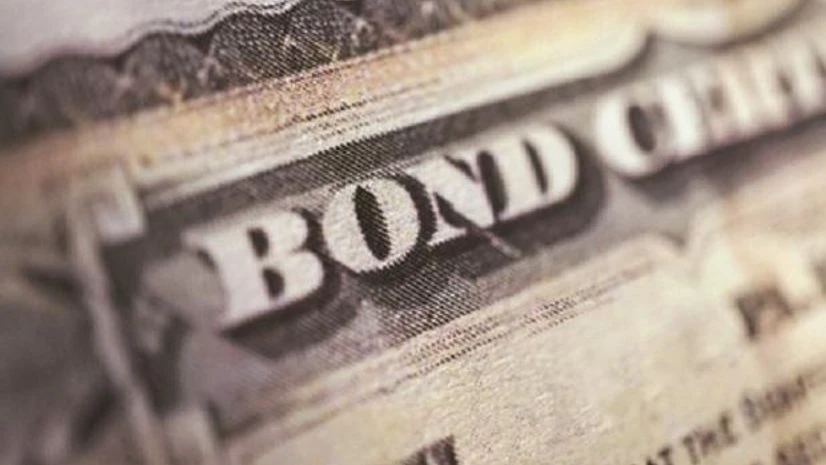The cut-off yield at the weekly government bond auction on Friday was lower than market expectations, according to dealers. The Reserve Bank of India (RBI) set the cut-off yield for the 5-year, 10-year, and 30-year government bonds at 7.19 per cent, 7.18 per cent, and 7.37 per cent respectively.
"The market was expecting that the cut-off yield on the 10-year bond would be on the higher side because short bets are not allowed yet. However, people want to stock up on the 10-year bond to lock in their position," a dealer at a state-owned bank explained.
Some traders placed short bets on the benchmark 10-year bond and purchased the new 10-year bond to secure their positions, dealers noted. The yield spread between the benchmark 10-year bond and the new 10-year bond stood at 2 basis points on Friday.
The benchmark 10-year government bond yield settled at 7.20 per cent, while the new 10-year bond yield settled at 7.18 per cent.
Despite the lower-than-expected cut-off yield at the auction, the market's reaction was very limited shortly afterwards in terms of secondary market prices. Traders refrained from placing large bets, exercising caution ahead of Jerome Powell's speech at the Jackson Hole Symposium on Friday after market hours.
Meanwhile, the 14-day variable rate reverse repo (VRRR) auction witnessed a limited response from banks. The RBI conducted a 14-day VRRR auction on Friday, despite the deficit liquidity in the banking system, as there was a reversal of 14-day VRRR on Friday that the central bank had initiated on August 11.
Banks parked Rs 22,419 crore against a notified amount of Rs 1 trillion at a weighted average rate of 6.49 per cent.
"It doesn't make sense for the RBI to come up with VRRR when liquidity is in deficit. The last 14-day VRRR is maturing today (Friday), that's why they came up with the auction again today. That seems to be the only viable reason," a dealer at another state-owned bank said.

)
